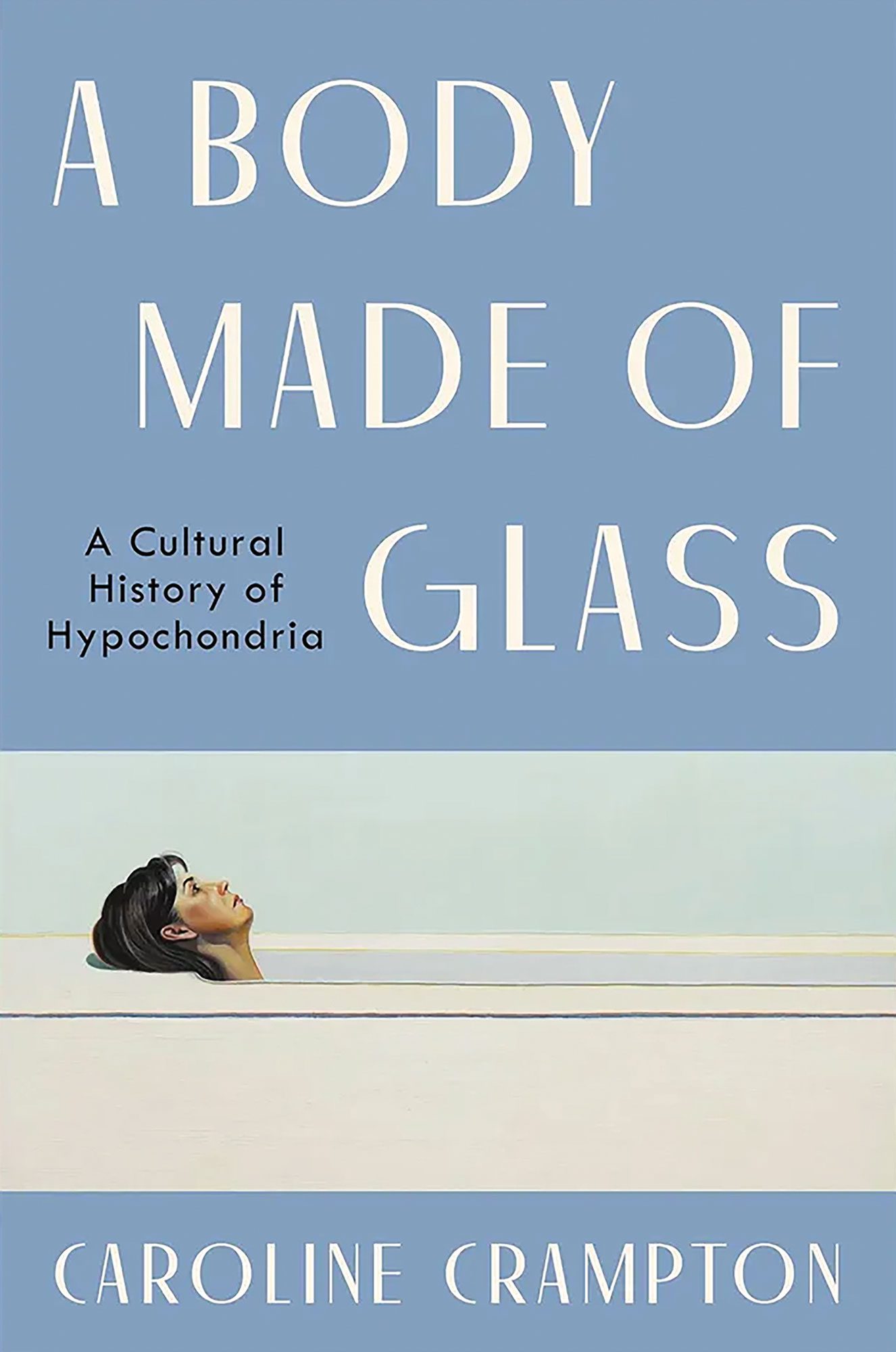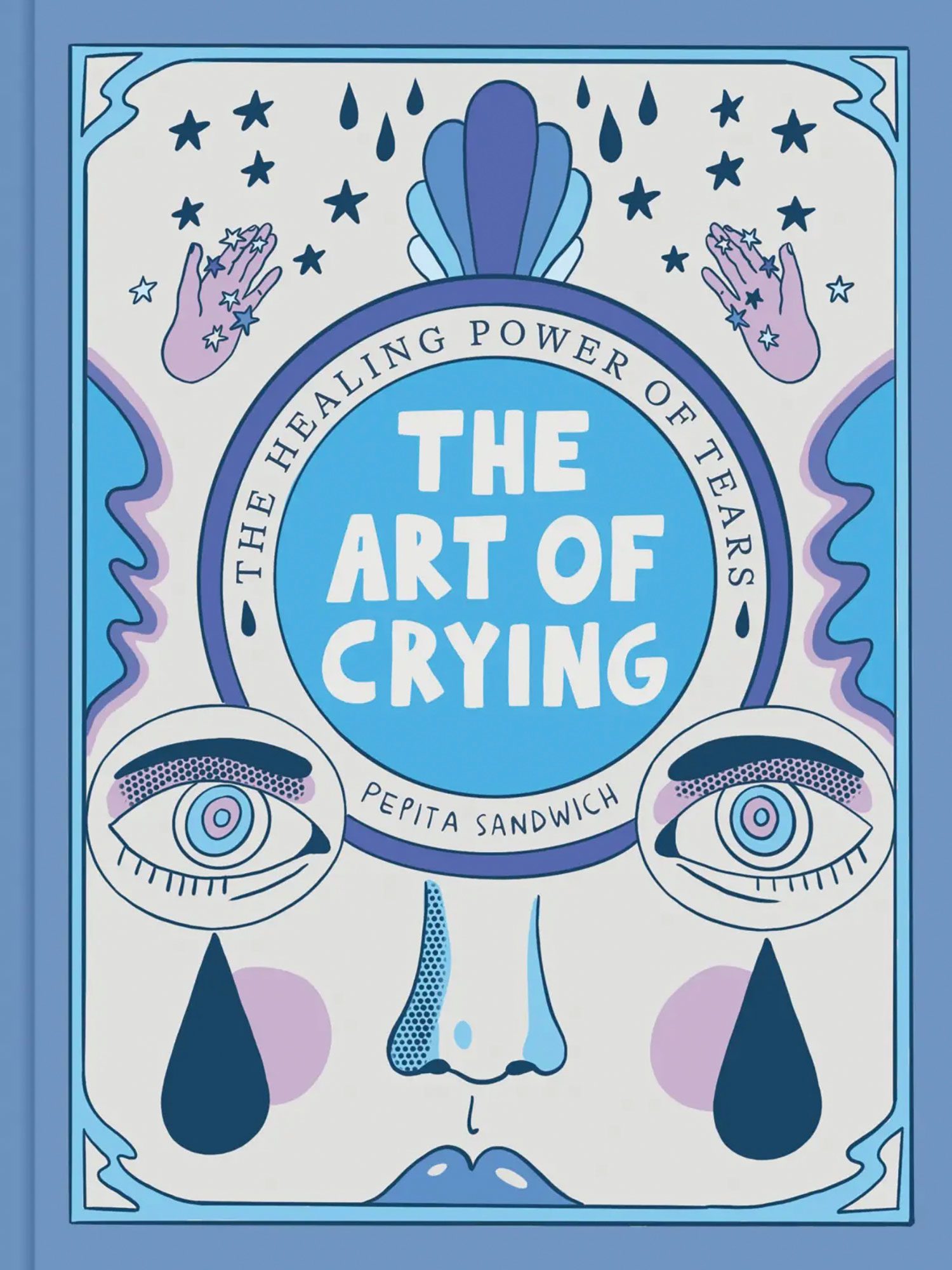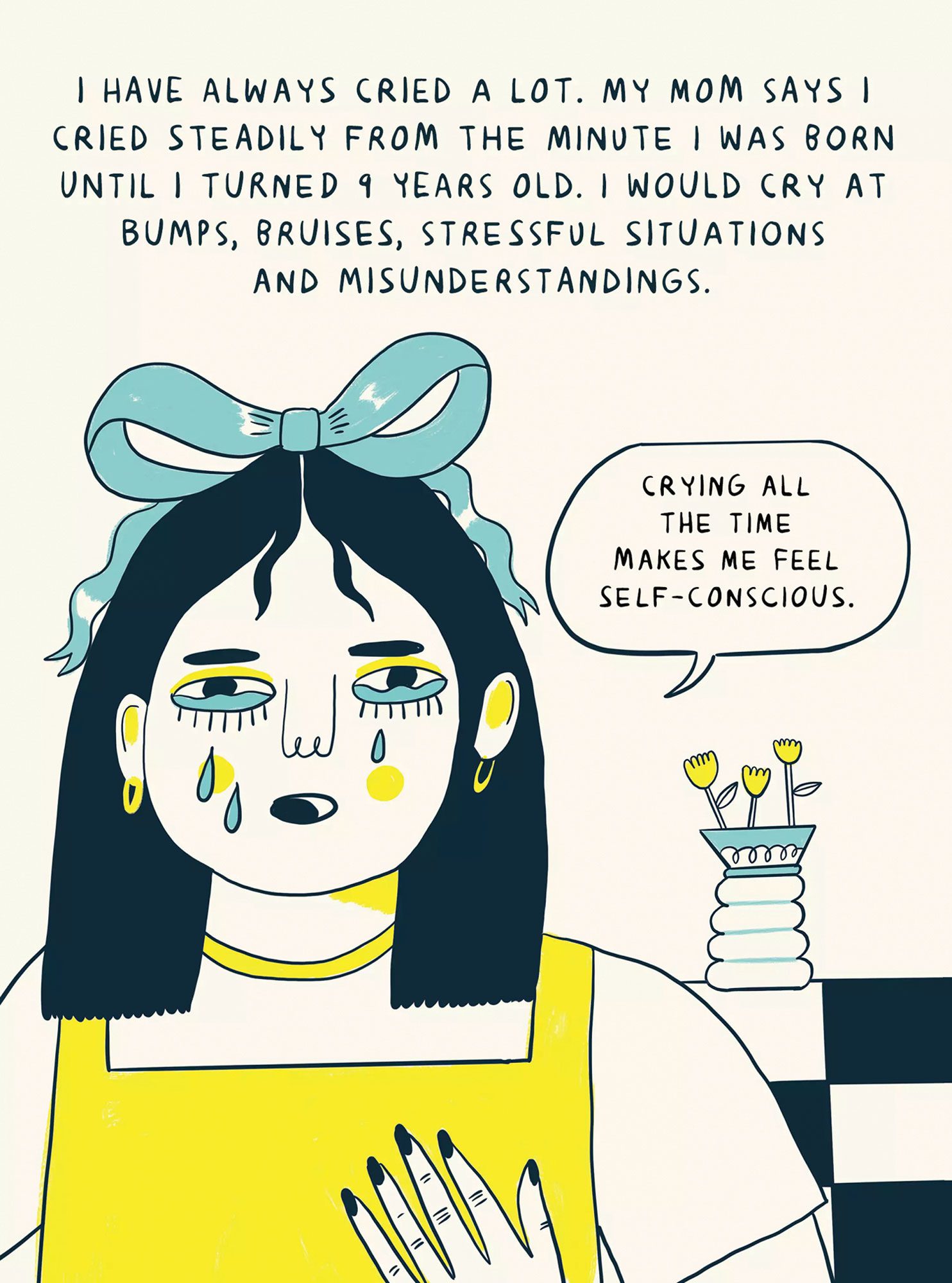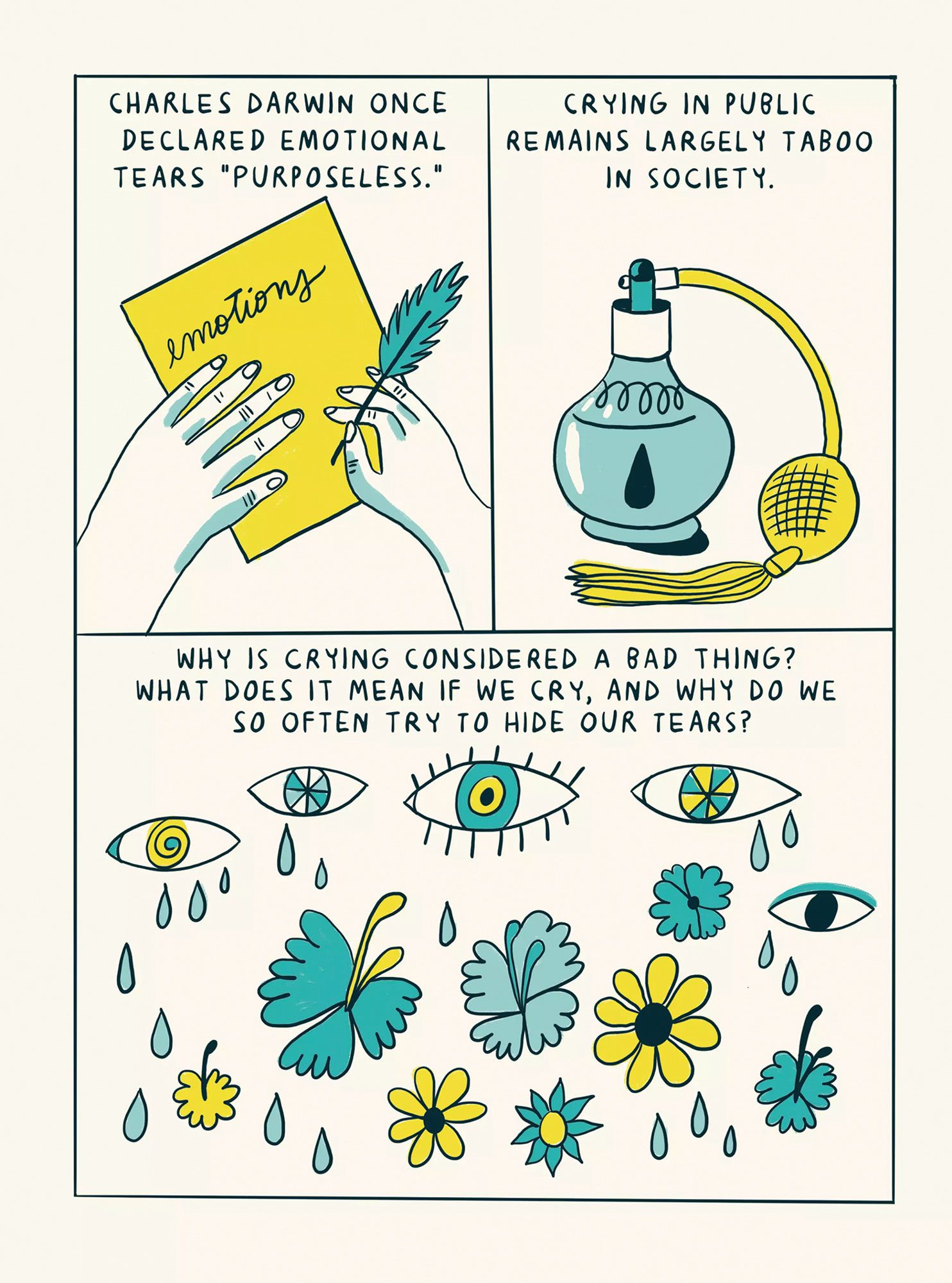
Book Club
By Hana Zittel
Published Issue 128, August 2024
A Body Made of Glass: A Cultural History of Hypochondria (2024) by Caroline Crampton
When Caroline Crampton was on the edge of entering adulthood, she received a diagnosis that forever altered the way she would experience the world. After finding a significant lump in her neck, she was diagnosed with Hodgkin’s lymphoma. Through treatment, Crampton beat cancer, but was left with a consistent, ever-present anxiety that it could return at any moment. She became deeply in tune with her body, paranoid that any perceived change or feeling was surely a sign of its return, or perhaps another illness coming to debilitate or kill her. In A Body Made of Glass, Crampton intertwines her health and experience of hypochondria with a history of those suffering from health anxiety and the cultural understanding and perceptions of the condition.
Early in the book, Crampton introduces the idea that hypochondria is constantly evolving and aligned with our increasing abilities as a species to analyze our health and alleviate our illnesses. She displays this concept by highlighting those in the second century CE who suffered from “glass delusion,” believing they were made of pottery and could shatter on contact. “Then in the late fourteenth century, this preoccupation with earthenware abruptly changed. The patients of this era shared many of the same anxieties as their pottery-fixated antecedents, feeling fragile, brittle, and extremely smashable, but they no longer believed their flesh had been transformed into baked clay, but that it had become a new material: glass.” As medical solutions advance and times change, so does our worry over new perceived threats to our health. Our ability to evolve our anxiety is the story of hypochondria, but in this story lies the deeply personal rituals and mental anguish that follows those who always feel fragile, constantly perceiving the risk of falling ill, with no level of information that will ever ease their worry.
Throughout A Body Made of Glass, Crampton explores the famous and documented sufferers of health anxiety and the medical field’s interpretation of this malady that often feels incurable. She dives into our cultural perceptions of this illness, its common media references or prevalence in our lives with many of us knowing someone suffering from health anxiety or experiencing it ourselves. Crampton also acknowledges the privilege inherent in hypochondria, that those with access to healthcare have a heightened ability to consistently seek assistance for all their health issues. She covers the consistent issues that women and BIPOC patients experience during medical care and how they are less likely to be believed about their concerns or levels of pain, making hypochondria a default diagnosis for those patients.
A Body Made of Glass is an incredibly readable and fascinating dive into a condition that permeates our culture, but is rarely analyzed to this extent. Crampton is able to cover an extensive amount of history, while maintaining authentic and rhythmic prose, seamlessly mixing in memoir. A Body Made of Glass is a compelling exploration of the complexities and haunting anxiety experienced by those living through hypochondria. Caroline Crampton’s first book, The Way to the Sea: The Forgotten Histories of the Thames Estuary, was published in 2019.

The Art of Crying (2024) by Pepita Sandwich
“There’s a magical place / where tears meet laughter / and it feels like the ultimate human experience. / Can you imagine the tears of the future?”

Tears, especially in public, are often met with repulsion, fear, or, if you’re lucky, empathy. This human experience rains from our faces when we are feeling emotions at their most intense, and sometimes, for no reason at all. In Pepita Sandwich’s graphic novel she explores the beauty, history, and meaning of crying while providing glimpses into her own experiences embracing frequent tears. From crying to art and music to memories, grief, joy and sex, Sandwich presents crying as the great visual human connector. This act has evolved with time, yet remains essential to how we understand each other and ourselves, and, she argues, giving into crying helps us to grow and deepen our experiences of the world and is a revolutionary act.

The Art of Crying is beautifully illustrated with vibrant comic panels and scattered text, creating a format that feels like a wonderful chaotic and energetic diary rather than a linear story. Open-hearted, sensitive and surreal, this graphic novel is a sweet and memorable embrace of crying and learning to cherish and celebrate this cathartic act.
Hana Zittel is a librarian at the Denver Public Library in addition to being a librarian at the Denver Zine Librarian. She grew up in Steamboat Springs, Colorado and pretty much just likes being outside with her pup when she has some free time, and reading, that might have been assumed though.
Check out Hana’s July Book Club in case you missed it, or head to our Explore section to see more of her past reviews.
